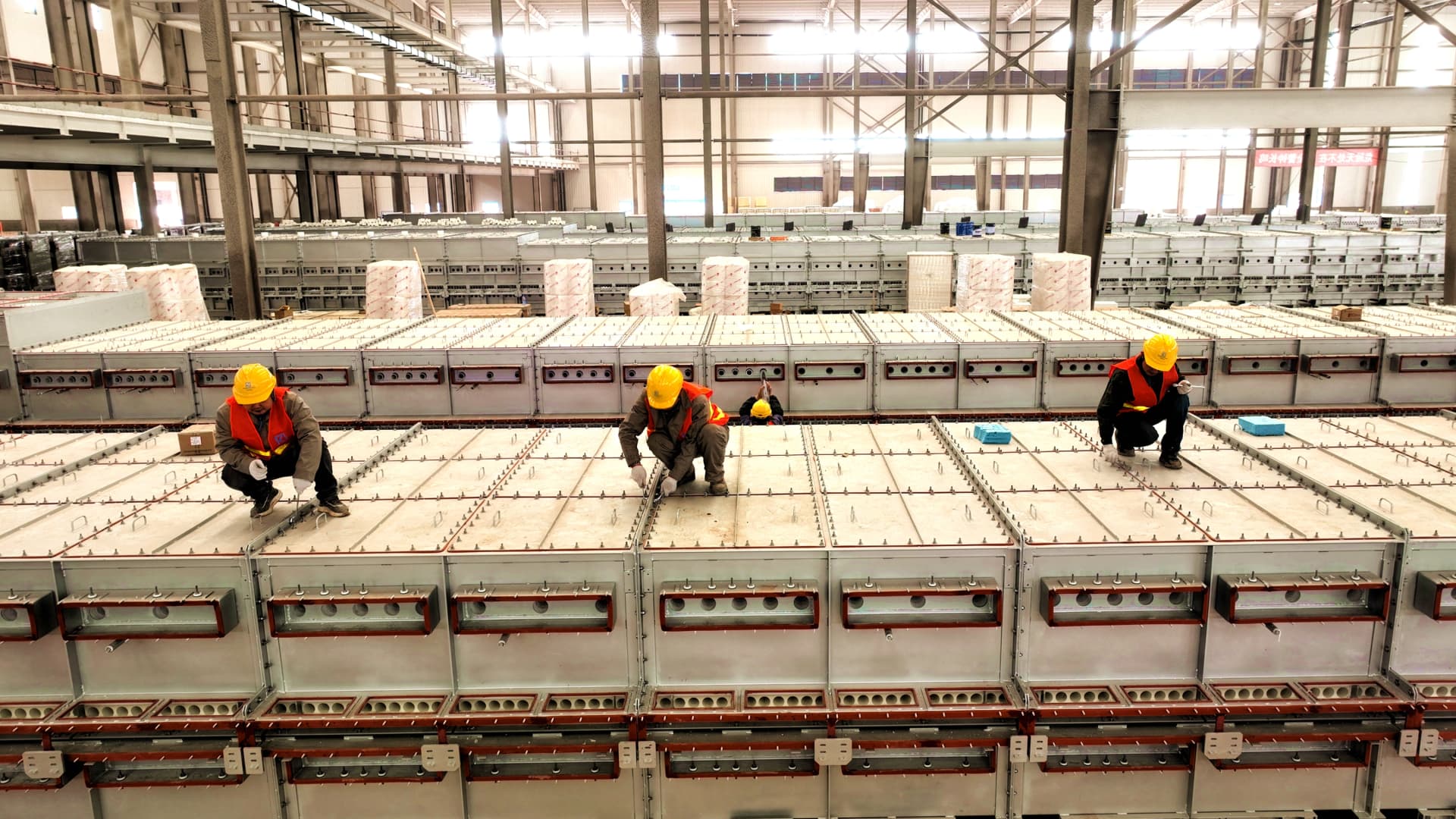U.S. Energy Secretary Jennifer Granholm on Wednesday said the country is “very concerned” about China’s grip on the global supply chain for critical minerals.
Her comments come amid skyrocketing demand for minerals and raw materials vital to the energy transition. The end-use of metals such as nickel, copper, lithium and cobalt are wide-ranging and include electric vehicles, wind turbines and solar panels.
China is the undisputed leader in the critical minerals supply chain, accounting for roughly 60% of the world’s production of rare earth minerals and materials. U.S. officials have previously warned that this poses a strategic challenge amid a pivot to low-carbon energy sources.
“It’s one of the pieces of the supply chain that we’re very concerned about in the United States. We do not want to be over reliant on countries whose values we may not share,” Granholm told CNBC’s Silvia Amaro on Wednesday when asked about China’s dominance as a critical minerals supplier.
Speaking on the sidelines of International Energy Agency’s 2024 Ministerial Meeting in Paris, France, Granholm said the U.S. was in the process of updating its own regulations, including a 150-year-old mining law to ensure the “sustainable and efficient” extraction of critical minerals.
“But it also means that we will be partnering with friends, like Australia, like Canada, and it’s one of the subjects that we are raising here at the International Energy Agency,” Granholm said.
“We know all countries want to ensure that we have a critical stockpile of critical minerals and that we are allowed to diversify the supplies of those stockpiles. Both internationally and domestically, this is a focus of ours.”
As part of a rapid uptick in demand for critical minerals, the IEA has warned that today’s supply falls short of what is needed to transform the energy sector. That’s because there is a relatively high geographical concentration of the production of many energy transition elements.
Most rare earth reserves are located in China, for example, while Vietnam, Brazil and Russia are also major rare earths countries based on reserve volume.
Asked how quickly the U.S. can boost cooperation and production to ensure it doesn’t lose out in the critical minerals race, Granholm replied: “Cooperation can be addressed quickly. Production in the United States will take a little bit longer.”
“We feel very strongly though that both extraction and processing of those critical minerals have to be addressed, either by the United States or our allies. And that’s why we are working very closely to ensure that we have identified which raw materials [or] critical minerals we need to be able to do our transition to a clean energy economy.”
